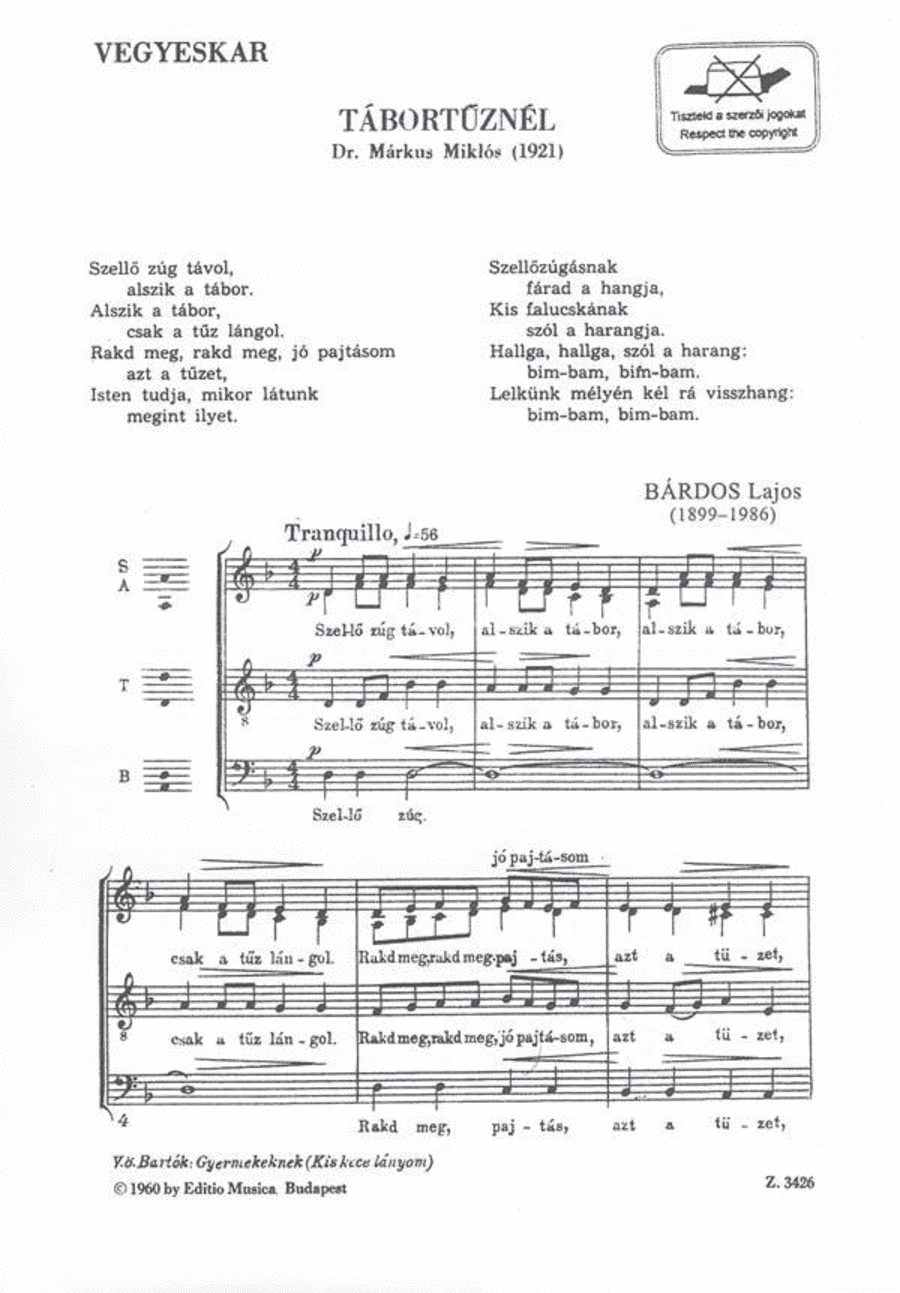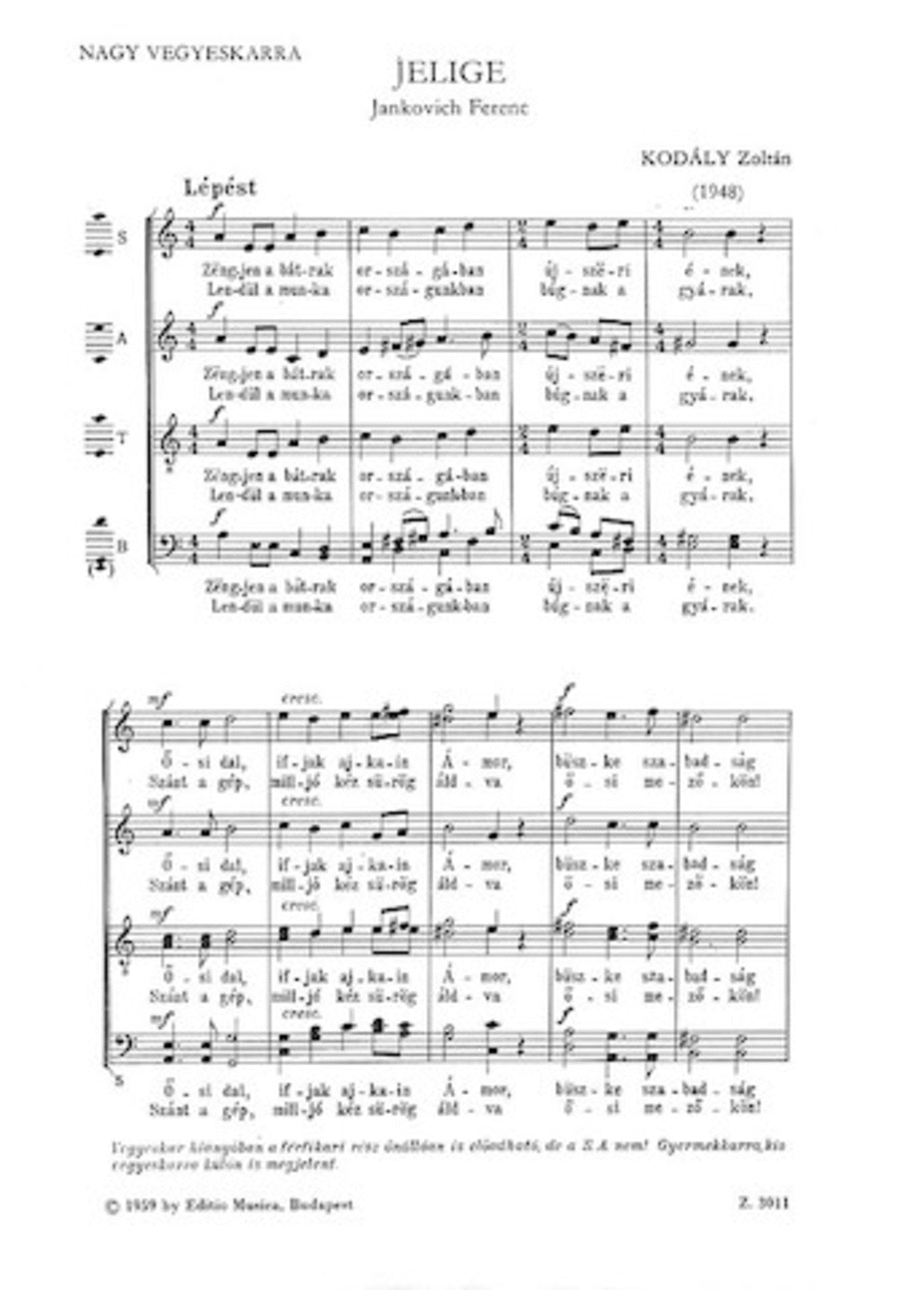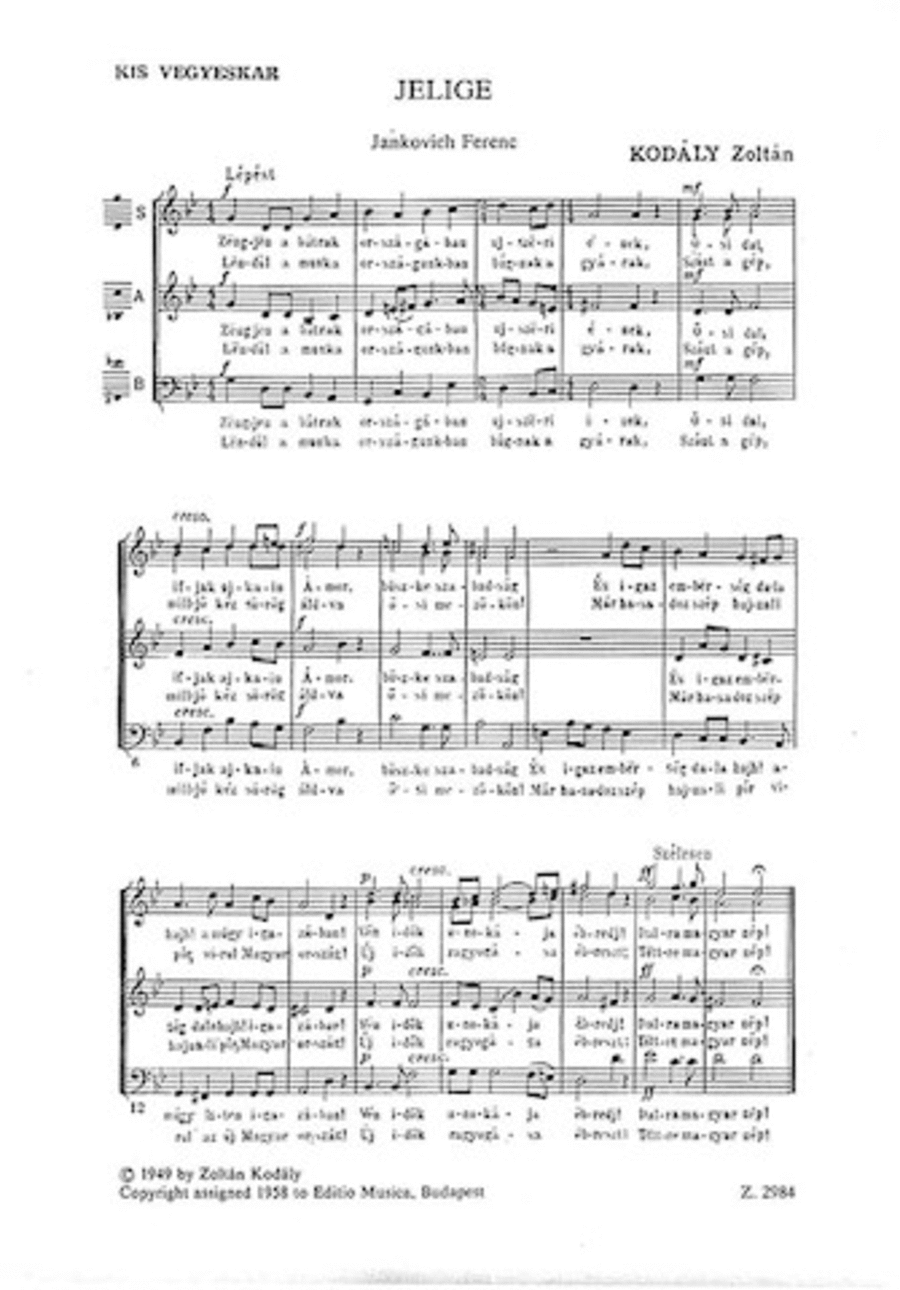Zoltan Kodaly (1882 - 1967)
 Hongrie
Hongrie
Zolt?Kod? (Hungarian: Kod? Zolt? IPA: [ˈkodaːj ˈzoltaːn]); December 16, 1882 ? March 6, 1967) was a Hungarian composer, ethnomusicologist, educator, linguist, and philosopher. Born in Kecskem? Kod? spent most of his childhood in G ... (Read all)
Source : Wikipedia
 Hongrie
HongrieZolt?Kod? (Hungarian: Kod? Zolt? IPA: [ˈkodaːj ˈzoltaːn]); December 16, 1882 ? March 6, 1967) was a Hungarian composer, ethnomusicologist, educator, linguist, and philosopher. Born in Kecskem? Kod? spent most of his childhood in G ... (Read all)
Source : Wikipedia
Beginner Level : Grade 1 Free sheet music of Zoltan Kodaly - La
3 sheets found sorted by:
Search
| ||||||||||||||||||||












